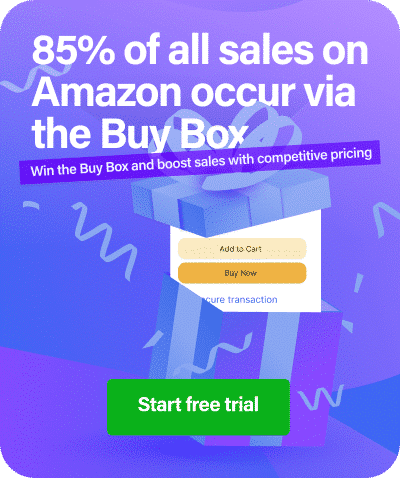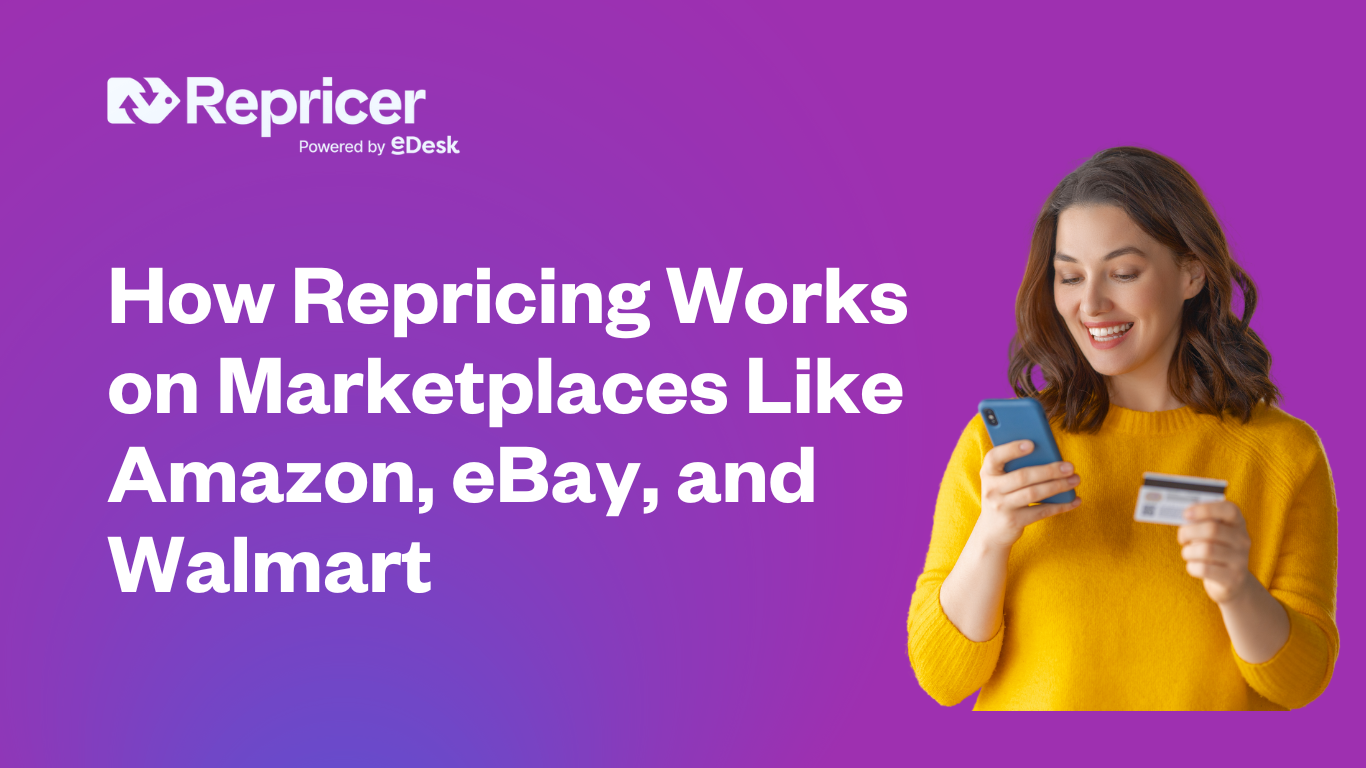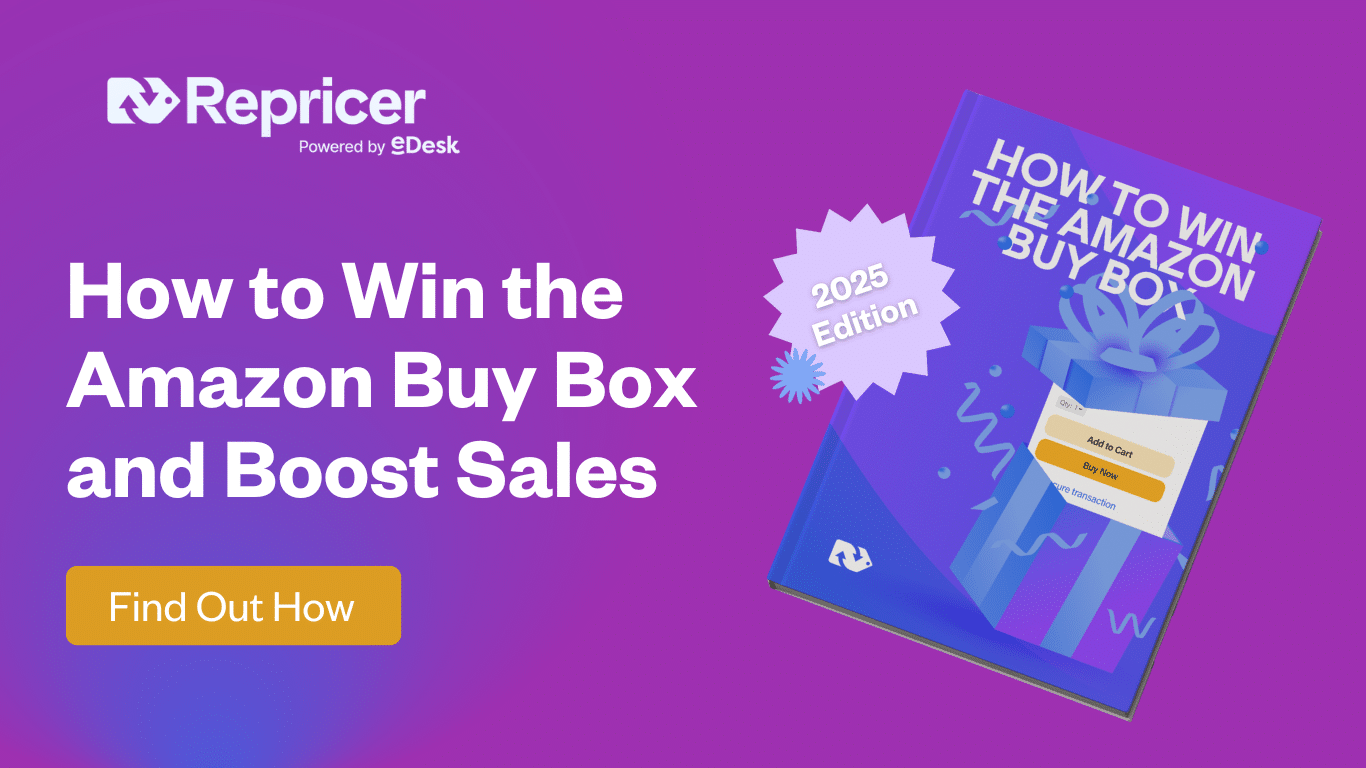When you’re selling on Amazon, the last thing you want is to be left with a slow-moving product, or worse still, one that just won’t sell. It costs you money to store, ties up your cash flow and slows down the growth of your business.
So, once you’ve thought of a product, how do you make sure it’s viable? Well, a thorough market research process needs to be followed. This should help you steer clear of restricted products, competitive niches, and fragile margins.
To give you an idea of the sort of steps you need to include in this process, we’ve put together a complete guide on how to perform your own Amazon market research. It’s a simple recipe which exercises caution, minimizes risk and finds untapped potential.
Check Amazon’s Gated Products and Categories
Before you delve into your market research, take some time to find out which categories and products sellers require Amazon’s approval for. These are known as gated categories and restricted products.
Now, very often, getting ungated is a simple process. You go into Seller Central and follow the usual process for adding a product. If listing limitations apply, there will be a link which you can follow to request approval to sell. Most of the time, you’ll be approved within a few days.
Sometimes though, it’s not that simple. There are certain categories that are more tightly restricted. In these cases, you might struggle to be approved, especially if you’re a new seller. Likewise, there are certain products that third-party sellers aren’t allowed to sell.
It’s crucial that you are aware of these before you start your market research. Partly, because you don’t want to waste time researching products that aren’t viable. But, also, because you don’t want to accidentally source a product that you can’t sell.
Scope out the competition
When you’ve decided on a product, or identified a potential niche, the next step in carrying out your Amazon market research is to check out the competition. To do this, bring up Amazon and do a search for your main keyword. Now, depending on your business model, what you search for and the listings you compare will be different.
If you’re a private labeller, you need to use a generic term, like “apple corer”, and look at either the top-rated offerings or listings that rank organically on page one, as in the image below.
Amazon’s own search bar is one the best research tools available.
If you’re looking to resell, then type in the exact name of the product, including the make and model. Then, you need to look at the other sellers on the existing listing for that product.
If you’re a reseller, then you need to assess the pricing strategy of your competitors.
Related reading: Complete Guide to Amazon Keyword research (2024)
Assessing Amazon Listings
Regardless of which method you follow, you are looking for exactly the same thing. Firstly, how much competition are you facing? Are there a vast number of sellers on that listing? Or are there a huge number of listings offering similar private-label products?
Just because there are a lot of other sellers, doesn’t automatically mean that it’s a no-go zone. So, it’s important to also assess the standard of those listings. Look at the two examples above. If they all have four-and-a-half or five-star reviews, offer Prime and use FBA then it’s going to be difficult to break into the market. If this isn’t the case, then it could be a fruitful niche.
If this process doesn’t throw up any red flags, then go back and note down the price of the competing products. You’ll need this further down the line when you come to calculate costs and margins.
Find A Supplier
If you’ve not already approached suppliers, now’s the time. Why? Because it may be that your product idea is viable on the Amazon side, but not on the sourcing side.
Now, when you’re looking for a supplier, you have a few options:
- Online (via websites like Alibaba)
- Sourcing agents
- Attending trade fairs (either domestically or in China)
- Visiting factories (again, either domestically or in China)

This step is not about sourcing the product, it’s about getting solid costings. So, you need to use one, or more, of these methods and get talking to suppliers. Firstly, you need to make sure that they can supply the product that you are looking to sell. If they do, then you need to ask for samples and get hands-on with it. This is the only way you can make sure that the product is fit for use.
Sellers can often overlook this step, and just focus on getting a good price. But, there’s a balance to be struck. You need the product to be good quality. There’s no point sourcing a product of questionable quality on the cheap – it’s a strategy that won’t wash on Amazon.
If you can’t source a quality product at a price where you can make money, it’s not meant to be. Go back to the drawing board, find another product and run through the process again.
If you can, then talk to the supplier. Find out what their best prices are, inquire about bulk discounts and see if there’s room to negotiate. Get solid quotes emailed over – you’ll need them in the final stage.
Calculations Time
You should now have established that there is a market for your product, you just need to make sure that it’s financially viable.
Calculating Costs
The first part of this process is to work out your costs. There are a lot of things to include here, but your primary costs are going to be:
- The unit cost of the product
- Seller Account Fees
- FBA Fees
- Referral Fees
You can use these to calculate your cost per unit, which can then be used to calculate your margin. If you’re struggling with the per-unit calculations, there are Amazon fee calculators online that you can use. Although, it’s always advisable to do your own calculations too.
Calculating Market Price
Now, you need to take the prices that you noted down earlier in the process. You can use these to calculate an average market price. Simply add all of the prices together, and divide them by the number of listings. It can also be a good idea to note the highest and lowest prices, so you’ve got a good idea of the range. You ideally need to be able to offer your product at both price points.
Is Your Product Viable?
The final step is to take the market price that you calculated and subtract your costs. If the figure is negative, then you’ve got an overspend. This means that the product is not viable with those costs.
If the calculation shows that you’re making a profit, that’s great! However, you need to make sure that you have the flexibility to lower your price if necessary. If you have a solid margin, and wiggle room, then you’ve found a suitable product. You can now press on, source your product and start selling!
Final thoughts
Performing detailed Amazon market research may seem time-consuming but it’s a great investment in your business. Running into Amazon blind can be dangerous, and result in you losing money. But, by taking the time to understand your market, you should eliminate costly mistakes and end up making well-thought-out product selections.
If you really want to start selling more on Amazon then getting your products into the Buy Box is the most effective way. Repricer.com is the fastest Amazon repricer available, reacting instantly to changes in the marketplace and giving you the best chance of winning the Buy Box at the optimal price. Start your free 14-day trial today.
Related: What are the Top Features to Look for in an Amazon Repricer?









